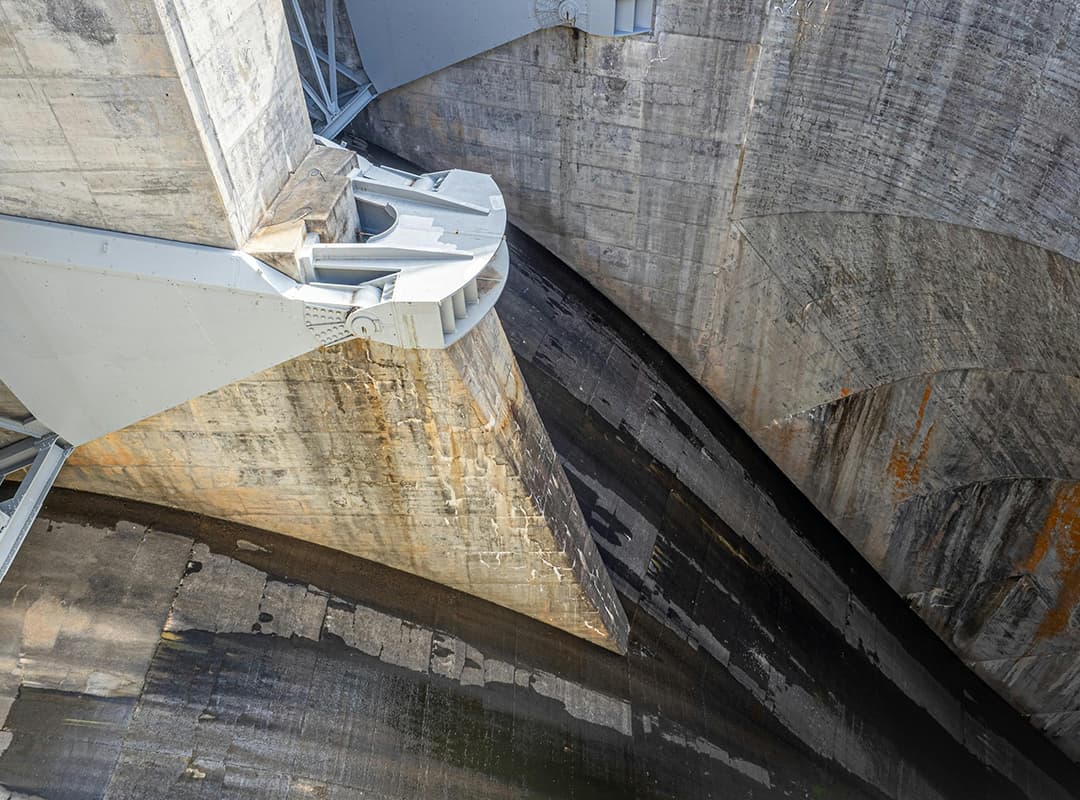Hydropower, derived from the energy of flowing water, stands as one of the oldest and most reliable sources of renewable energy. Within the realm of hydropower plants, there exist two distinct categories: regulated and unregulated. Understanding the differences between these two types is crucial for grasping their respective advantages, disadvantages, and contributions to the energy landscape.
Regulated Hydropower Plants: Managing Water Flow
Regulated hydropower plants, also known as reservoir-based plants, operate in conjunction with a dam and reservoir system. These plants have the capability to control the flow of water through the dam, thereby regulating the amount of water released downstream. By managing water flow, regulated hydropower plants can adjust electricity generation according to demand, making them highly flexible and adaptable to varying energy needs.
One of the key advantages of regulated hydropower plants is their ability to serve as reliable sources of baseload power. Baseload power refers to the minimum amount of electricity required to meet continuous demand, and regulated hydropower plants excel in providing this steady supply. Additionally, these plants offer benefits such as flood control, water storage for irrigation, and recreational opportunities through the creation of reservoirs.
However, regulated hydropower plants also face challenges, particularly in terms of environmental impact. The construction of dams and reservoirs can disrupt natural river ecosystems, leading to habitat fragmentation and alterations in water temperature and flow patterns. Additionally, concerns about sediment accumulation and methane emissions from reservoirs underscore the importance of carefully managing the environmental footprint of regulated hydropower projects.
Unregulated Hydropower Plants: Harnessing Natural Flow
In contrast to regulated hydropower plants, unregulated hydropower plants operate without the presence of a dam or reservoir. Instead, they utilize the natural flow of rivers and streams to generate electricity. Unregulated plants typically consist of run-of-river systems, where water is diverted through a turbine to produce power before being returned to the river downstream.
One of the primary advantages of unregulated hydropower plants is their minimal environmental impact compared to regulated counterparts. By working with the natural flow of rivers, these plants avoid many of the ecological disruptions associated with dam construction and reservoir inundation. Additionally, unregulated plants are often quicker and less costly to develop, making them attractive options for decentralized energy generation in remote areas.
However, unregulated hydropower plants also face limitations, particularly in terms of variability and reliability. Since they are reliant on natural flow patterns, the electricity output of unregulated plants can fluctuate seasonally and in response to weather conditions. This variability may pose challenges for meeting consistent energy demand, especially in regions with pronounced dry seasons or unpredictable hydrological cycles.
Balancing Flexibility and Sustainability
Regulated and unregulated hydropower plants represent two distinct approaches to harnessing the energy of flowing water. While regulated plants offer greater flexibility in electricity generation and provide additional benefits such as flood control and water storage, they also pose environmental challenges associated with dam construction and reservoir management. On the other hand, unregulated plants minimize ecological impact by working in harmony with natural river flows, but they may face limitations in terms of variability and reliability.
Ultimately, the choice between regulated and unregulated hydropower depends on various factors, including local geography, energy demand, environmental considerations, and regulatory frameworks. By carefully weighing the advantages and disadvantages of each approach, stakeholders can work towards developing a balanced and sustainable hydropower portfolio that meets both energy needs and environmental goals.
